Painter and designer. Painting and ink drawing. Engraving and sculpture. from 1981–86 he studied Art History, East Asian Art History and German Literature History at the University of Zurich. In 1983-1984 in Berlin and Cologne. In 1986 return to Bern and start of artistic activity. In 1990 married to Monika Escher, three children. 1991-1995 as assistant to Professor Peter Jenny for artistic design at the architecture department of ETH Zurich; 1994–95 painting technique course at ETH Zurich and in the advanced class of the design school Bern and Biel, Bern. from 1996 Haag, along with Kotscha Reist and other artists, organized several exhibition projects for the Kiosk art space in the Lorraine district of Bern. 1999–2001 Senior Lecturer in Art History at the F + F School of Art and Media Design, Zurich, 2004 at the Langenthal Lyceum and at the University of the Arts Bern. 1996–98 member of the board of directors of the Society of Swiss Painters, Sculptors and Architects GSMBA; since 2006 on the board of directors of the Bernische Kunstgesellschaft. Several grants and subsidies. Filip Haag's work is characterized by a consistent change in various production techniques, both classical and experimental. Nevertheless, there is a homogeneous body of work. The concept of metamorphosis serves as the main theme. Haag deals with the research of aggregate states and documents the characteristics of temporality and spatiality, form and matter. The idea of such a liquid assembly is aptly expressed in his five-minute computer animation INK’N GO (2002). Even in the early phase of 1986–89, which was characterized by figurative painting, Haag experimented with light-sensitive photo papers and chemicals. In the INJECTIONS group of works (1992–2007) he processes the results of photochemical processes and prints them out as an inkjet. This process of reflection and deliberate selection of an excerpt, sometimes only the size of a postage stamp, which extends over a long period of time, also determines other groups of works such as RECYCLING (since 1992–93), NIEDERSCHLÄGE (since 1999) and his ink works. The latter, such as RAMADIEN (1997) or SABALIS (2004), are the result of pyrotechnic processes in which Haag mixes Indian ink with easily flammable liquids and then ignites them on paper or glass. The DUETTE & DUELLE (since 2004) are also part of this, but are further processed in a painterly way. The INSECTIONS group, which appeared in 1992–96 and again since 2004 (MIFULO, 2005), is about finger painting that is close to Tachismus. with these works and his time-consuming, detailed drawings and prints, Haag creates a counterpart to the work in accelerated production technology. Since 2004, he has been producing more and more oil paintings that are reminiscent of the Informel from the 1950s, such as KROWOTA (2005) or QAKINZ (2008). The bronze sculptures he has made since 2003, such as NARALIS (2006-08), are also to be understood as a consistent continuation of the exploration of the subject of metamorphosis. They are based on the formations of wax poured into Lake Thun as a template. Haag has mastered compositional design with forms of a micro- and macrocosm. Likewise, his works are to be understood as parameters of a liquid gestural abstraction, which only finds the true power of its movement when it slows down in time. In this respect, his works contain elements of écriture automatique as well as forms of calligraphic impulse. Work on canvas
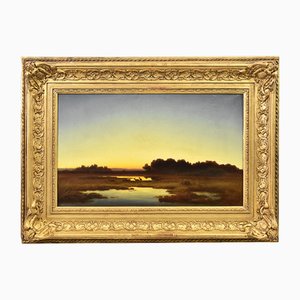
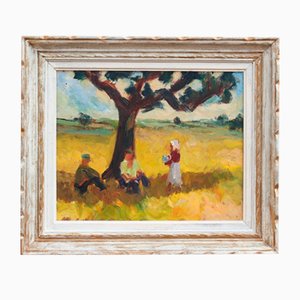
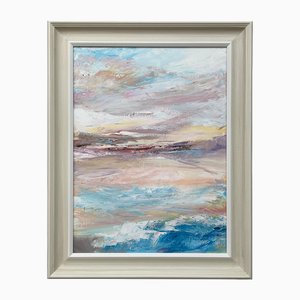
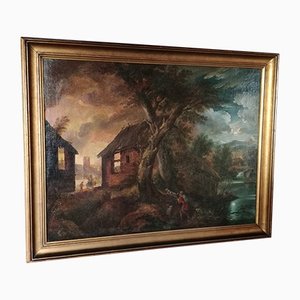
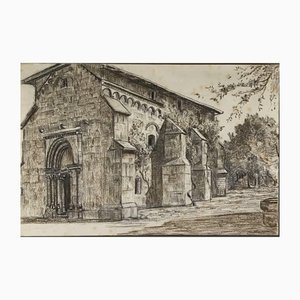
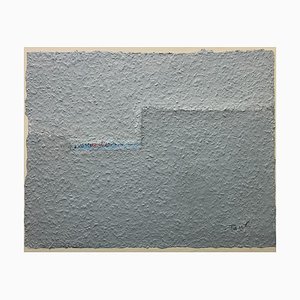


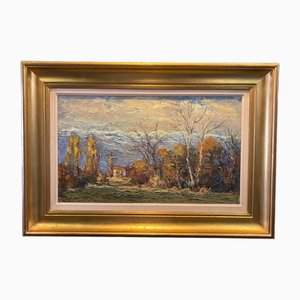

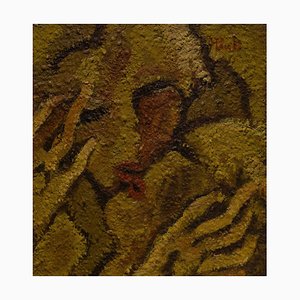
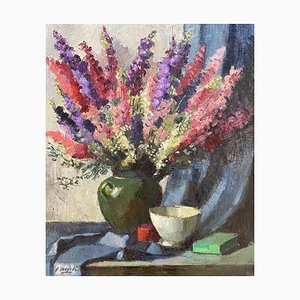


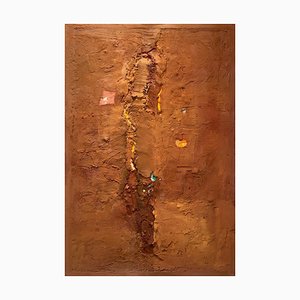

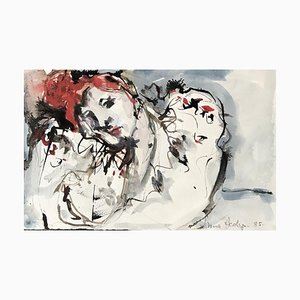
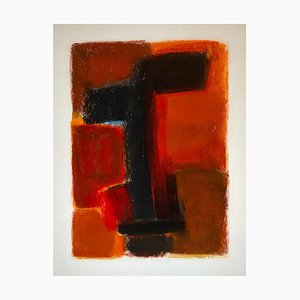
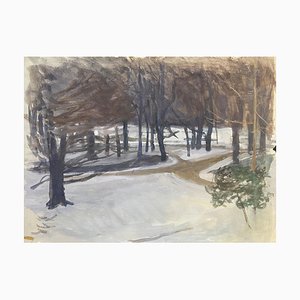

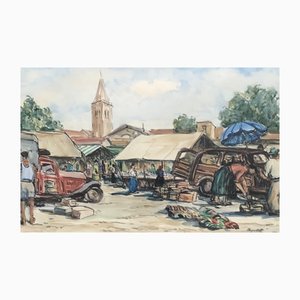
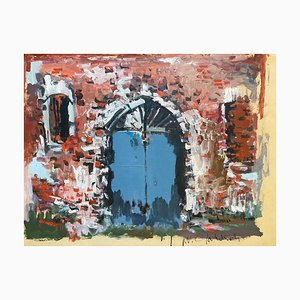
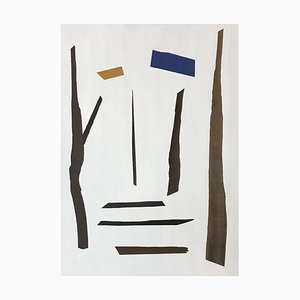
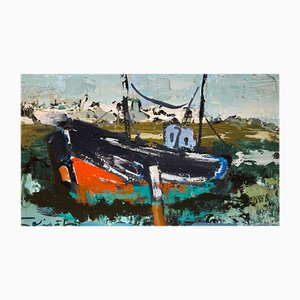
Get in Touch
Make An Offer
We noticed you are new to Pamono!
Please accept the Terms & Conditions and Privacy Policy
Get in Touch
Make An Offer
Almost There!
To follow your conversation on the platform, please complete the registration. To proceed with your offer on the platform, please complete the registration.Successful
Thanks for your inquiry, someone from our team will be in touch shortly
If you are a Design Professional, please apply here to get the benefits of the Pamono Trade Program